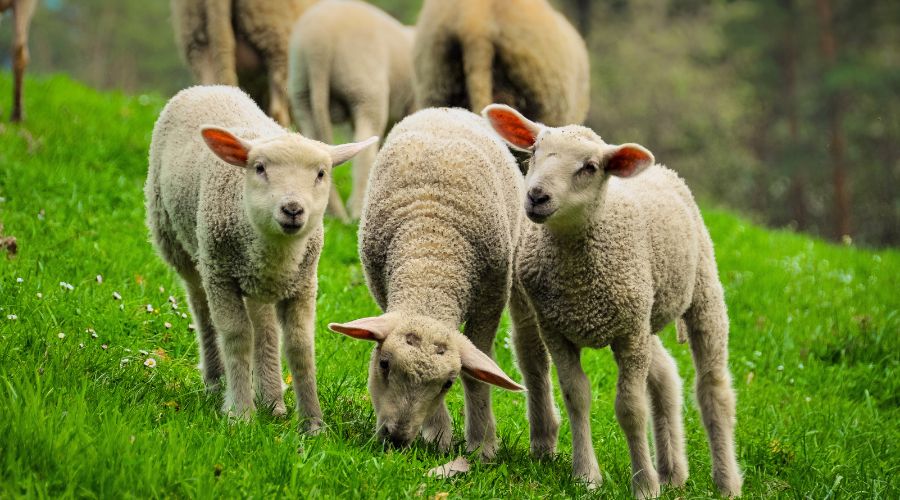Waiting to treat flystrike leads to major performance impacts, expert warns
12th July 2024
After a spell of warm weather, farmers are reminded that waiting to treat flystrike rather than preventing it can result in up to 16% of lambs struck, with some flocks experiencing mortality rates of 7.5% among struck animals.

Elanco technical consultant Matt Colston explained that historically, omitting preventative treatment in low-risk scenarios was cost-effective in some cases.
However, with the fly season now stretching out over three-quarters of the calendar year, it is no longer the cheapest option and should be avoided.
He said: “The cost of mortality caused by blowfly strike can be as high as £209 per lamb and £184 per breeding ewe. This demonstrates just how damaging flies can be to your bottom line,” he says.
“Although mortality isn’t always the outcome, other costs stem from the impact on lamb productivity, an increased demand on labour to treat struck animals, and the costs associated with treatment.”
Most cost-effective option
Mr Colston added that the latest scientific models show that even in low-risk scenarios, prevention is a more economical solution than treatment.
“Therefore, I’d advise farmers to implement a robust blowfly management plan to reduce the risk of strike affecting their flocks.
“Whatever strike management plan is followed, research shows it’s important that lambs are protected in June, when strike risk peaks, as this is the most cost-effective option,” he continued.

The Elanco expert recommends using a long-lasting insect growth regulator (IGR), such as those from the CLiK range. Depending on the product chosen, lambs can benefit from up to 19 weeks of protection, shielding them during the peak blowfly season.
“Correct application of IGRs must not be overlooked. Following the four-stroke application method ensures that lambs receive maximum coverage.
“Remember to take extra care when applying the product to lambs, as smaller animals require greater precision,” he concluded.
For further information on applying prophylactic treatment and to keep track of blowfly risk in your area, sign up to Elanco’s Blowfly Watch alerts here.
Read more livestock news.
